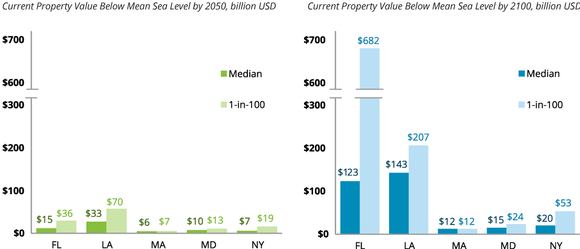Filed under: Investing

After yesterday's late-session tumble, the major U.S. stock indices are back in the green today. The Dow Jones Industrial Average had gained 45 points as of 2:30 p.m. EDT, with the majority of the index's blue-chip member stocks rising on the day. Merck has gained 1.7% to stand as the Dow's top gainer so far. Meanwhile, off the Dow, Monsanto jumped nearly 5% in the wake of its earnings report. Let's catch up on what you need to know.
Investment on the rise?
The broader U.S. economy started off the day with mixed news in the latest durable goods orders report. A government release showed seasonally adjusted goods orders pulling back by 1% in May, reversing a 0.8% gain in April -- but the loss wasn't as bad as it looks at first glance. The Pentagon's ongoing spending cuts hit defense outlays hard in May, particularly with orders for large military hardware plunging by 31%.
However, spending outside the defense sphere put on a much healthier showing. Core capital goods shipments jumped by 0.4% for the month, and while overall orders outside of the transportation sector fell by 0.1%, auto orders jumped by 2.1%. It's a sign that business spending is advancing slowly but steadily as the economy looks to bounce back from a big stumble in the first quarter.
Big Pharma Merck jumped to the top of the Dow following a big commitment to Australian biotech Bionomics. Merck offered a $20 million injection, along with promising up to more than $500 million in potential milestone payments, for development of Bionomics' pre-clinical Alzheimer's disease therapy BNC375.

Source: Wikimedia Commons
It's not Merck's first foray into the Alzheimer's space, which has proven difficult to master for Big Pharma and biotech alike yet offers a sizable market of 5 million Americans (and more than 38 million individuals worldwide) in need of therapies. Last December, Merck announced that it would push experimental Alzheimer's drug MK-8931 into a pair of late-stage trials. MK-8931 is part of a class of drugs known as BACE inhibitors, which several companies are moving forward to attempt a new treatment for the disease. The drug class took a big hit after Eli Lilly last year stopped its own phase 2 trial of experimental BACE inhibitor LY28866271 after discovering liver toxicity in select test patients. While expectations remain cautious around developing Alzheimer's treatments, given a poor track record of research and development over the past two decades, Merck is still fighting to make a name here. Investors should stay cautious as well, but it's worth keeping an eye on given Merck's need of pipeline success to refuel its portfolio.
Around the market today, Monsanto thumped earnings estimates and raised its full-year guidance. While Monsanto's quarterly earnings fell by nearly 6%, the company announced that it looks to double earnings over the next five years and plans a $10 billon share buyback. Seeds continue to drive profit at Monsanto, and even though profit from the company's primary growth driver among that category, corn seeds, fell 13% in the quarter, Monsanto projects that corn will continue to jump going forward. With the agricultural industry looking to bounce back from the harsh winter, the earnings drop doesn't look like a bad sign headed into the long term.
Top dividend stocks for the next decade
The smartest investors know that dividend stocks simply crush their non-dividend paying counterparts over the long term. That's beyond dispute. They also know that a well-constructed dividend portfolio creates wealth steadily, while still allowing you to sleep like a baby. Knowing how valuable such a portfolio might be, our top analysts put together a report on a group of high-yielding stocks that should be in any income investor's portfolio. To see our free report on these stocks, just click here now.
The article Merck Livens Up the Dow's Jump originally appeared on Fool.com.
Dan Carroll has no position in any stocks mentioned. The Motley Fool has no position in any of the stocks mentioned. Try any of our Foolish newsletter services free for 30 days. We Fools may not all hold the same opinions, but we all believe that considering a diverse range of insights makes us better investors. The Motley Fool has a disclosure policy.Copyright © 1995 - 2014 The Motley Fool, LLC. All rights reserved. The Motley Fool has a disclosure policy.
Read | Permalink | Email this | Linking Blogs | Comments































